By Phil Zimmer
Admiral Isoroku Yamamoto, commander of the combined Fleet of the Imperial Japanese Navy, intended to press ahead with his morale-boosting visits to forward units in the South Pacific in April 1943, despite dire warnings from subordinates of possible enemy ambushes. He had no idea that the Americans had plotted through a military operation codenamed Operation Vengeance to intercept and shoot down his transport bomber aircraft.
The 60-year-old mastermind of the Pearl Harbor attack in Decem- ber 1941 knew his forces needed a psychological boost in the face of a string of defeats at the hands of the U.S. Navy in 1942 and early 1943. By the spring of 1943, the Americans had firmly established themselves on Guadalcanal in the Soloman Islands, having defeated multiple attempts by the Japanese over a six-month period from August 1942 to February 1943 to recapture the island.
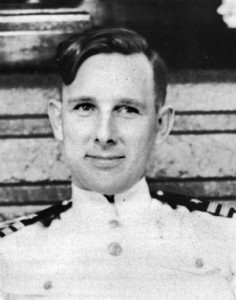
The Japanese had captured Rabaul, which was located on New Britain in the Bismarck Archipelago in January 1942 and transformed it into a major air and naval base. The Base was manned by as many as 100,000 Japanese soldiers, sailors, airmen, and military personnel, from which the Japanese could continue their conquests to the south in the direction of New Guinea. The Japanese eventually constructed five airfields on the island. In April 1943, Yamamoto was stationed on Rabaul at the time of the sustained Japanese air offensive known as I-GO, which had as its primary objective the destruction of Allied ships, aircraft, and land installations in the southeast Solomon Islands and New Guinea. Yamamoto and Vice Admiral Jinichi Kusaka were the co-commanders of I-GO, which began on April 1.
One of the key warnings he received came from Lt. Gen. Hitoshi Imamura, commander of the ground forces at Rabaul, who had barely escaped death on a similar flight just two months earlier. Another high-ranking officer, Rear Admiral Takoji Joshima, also had grave reservations about Yamamoto’s tour. When he learned that Yamamoto’s schedule was going to be sent encoded out over the radio, he was flabbergasted. Joshima landed at Rabaul to beg Yamamoto not to proceed with his plans to visit forward-deployed units at Ballale, Buin, and Shortland Islands. Joshima argued that such a trip was sheer madness and an “open invitation to the enemy” to intercept his plane because of the close presence of American forces in the South Pacific.
Yamamoto pressed ahead as a sign of confidence to his men and despite having left a poem to his mistress locked in his personal safe. “The body is frail, yet with a mind firm with unshakable resolve I will drive deep into the enemy’s positions and let him see the blood of a Japanese man,” wrote Yamamoto. “Wait but a while, young men! One last battle, fought gallantly to the death, and I will be joining you!”
The poem seemed to foretell Yamamoto’s fate as he emerged on April 18, 1943, from his quarters on Rabaul wearing his green uniform rather than the bright white ceremonial uniform usually worn on goodwill visits. It would be the last uniform he would wear.
Within hours Yamamoto would be shot down and killed in a daring daylight attack near Bougainville, ending the life of the man who initially cautioned against war with the United States but later diligently planned the successful surprise attack on the U.S. naval base at Pearl Harbor.
The attack on Pearl Harbor caused a considerable shift in code-breaking tactics. Commander Joseph J. Rochefort led the U.S. Navy’s effort to decode the enemy’s naval codes at Station HYPO, which was the U.S. Navy’s signals monitoring and cryptographic intelligence unit in Hawaii. Rochefort had used a clever ruse in the weeks leading up to the Battle of Midway when he discovered that the Japanese were planning an elaborate attack on Midway using five separate task forces. That, in turn, enabled the U.S. Navy to set a trap for the oncoming Japanese force that worked only by the narrowest of margins and led to Japan’s punishing defeat at Midway, a turning point in the Pacific War just six months after Pearl Harbor.
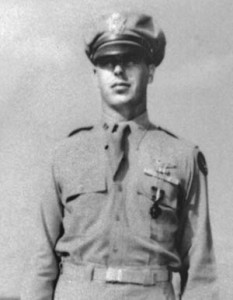
But interservice rivalry posed a considerable stumbling block. Rochefort, for one, drew the ire of his career-focused superiors in Washington who jostled for recognition for their role in breaking the codes and therefore in the victory at Midway. Despite high praise from Admiral Chester W. Nimitz, the commander in chief of the U.S. Pacific Fleet, Rochefort’s superiors in Washington called him back home on October 11, 1942, for temporary additional duty. The next month Nimitz was informed that Rochefort’s stateside duty had become permanent.
Nimitz became so angry that he refused to speak for two weeks with Admiral John R. Redman, Rochefort’s superior, who had become Nimitz’s fleet communications officer. But the order stood. When Rochefort put in several requests for assignment changes, he ended up commanding a floating dry dock in San Francisco, never to work on codes again. Although he had departed, Rochefort had left behind a trained, skilled cadre of codebreakers in place at Station HYPO.
With Rochefort gone, Marine Corps Colonel A. Bryan “Red” Lasswell and cryptographer Joseph Finnegan oversaw the effort to analyze the data compiled from Japanese radio signals at Station HYPO. The two cryptographers alternated 24-hour shifts with each other. During a given shift, they would review the most promising intercepted messages and try to translate them. Lasswell was on duty April 14, 1943, when multiple American listening posts picked up an enciphered message transmitted from
Rabaul with the title “C-in-C, Combined Fleet,” which was an obvious reference to Yamamoto. What they stumbled upon was an enciphered message from Commander Yasuji Watanabe, who was Yamamoto’s staff officer responsible for his daily schedule, sent to the commanders of five naval detachments. This was how the Americans came to learn when, where, and how Yamamoto would be arriving at the advanced bases on that fateful day.
The decryption machines at Station HYPO began sorting through and automatically filling in known elements of the five-digit groups of the Japanese naval code. This gave Lasswell and his cryptographers about 15 percent of the message’s content. The cryptographers worked diligently to discern the specifics of the message. Based on their preliminary translation, they gleaned that Yamamoto was scheduled to make a day-long inspection tour of a number of forward bases. Yamamoto alternated between spending time on his flagship at Truk Lagoon and the fortified bastion of the Imperial Japanese Navy at Rabaul 800 miles to the south.
The message was a proverbial gold mine of information. It listed Yamamoto’s destinations that day, the precise times of depature and arrival, the type of aircraft that would fly him to the forward bases, and the type of boat he would use to visit a given island. “We’ve hit the jackpot,” said Lasswell, who immediately sent it up the chain of command. Pacific Fleet intelligence officer Commander Edwin Layton personally gave it to Admiral Nimitz.
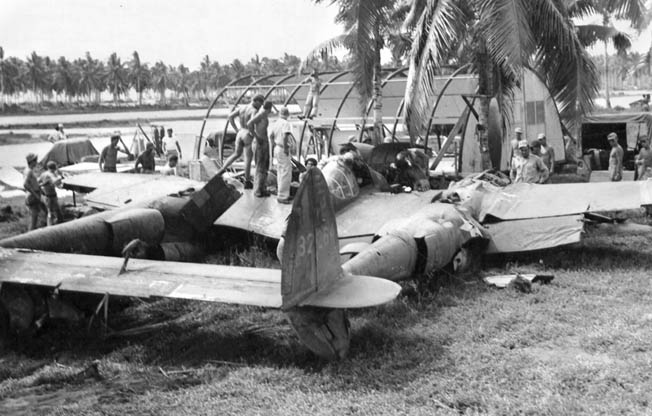
Yamamoto, known for his determined adherence to schedules, would theoretically be an easy target. Nimitz and Layton debated at length the pros and cons of the intercept mission.
On the one hand, killing Yamamoto would tip off the Japanese that their codes had been broken. Moreover, it would remove a moderate voice from the Imperial Japanese Navy, for Yamamoto had studied as a special student at Harvard University from 1919 to 1921. It was conceivable that if he eventually took a position in the Japanese War Cabinet he might serve as an intermediary who could help bring the war to an earlier end. On the other hand, killing Yamamoto would remove the most gifted commander from the Imperial Japanese Navy. Nimitz decided that it was in the United States’ best interests to take out the celebrated Japanese admiral.
The distance from Guadalcanal to the target area was about 450 miles. This was beyond the range of the new Vought F4U Corsairs introduced in December 1942. The only aircraft available in the region that could successfully carry out such a strike were the Army’s P-38s based on Guadalcanal. They could be modified to carry the drop tanks required for the long-range mission. The U.S. Navy badly wanted to direct the mission, but in the end it realized that it had to let the Army handle it.
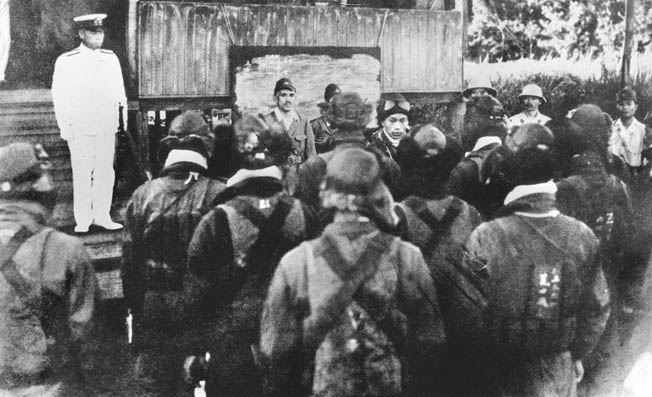
Army Major John W. Mitchell, the commander of the 339th Fighter Squadron, was tasked with preparing a detailed plan of attack. Mitchell would personally lead the 18 P-38s that would participate in the mission. Of the 18 aircraft, 14 would fly cover and four would serve as the kill team. Mitchell had to grapple with an array of challenging factors, including the estimated speed of the Japanese planes, wind speeds and directions, and the need for drop fuel tanks. Moreover, there was the need to skim the surface of the ocean to avoid detection by enemy radar. Because of the low-altitude flight, the U.S. fighter pilots would not be able to confirm their location and progress with land markers along the way. At that point in time, none of the planes was outfitted with radar.
The pilots were fully aware that Yamamoto was the target of the mission. They were told that the information came from coast watchers rather than code breakers, which was deemed a necessary precaution in case the pilots were downed and captured by the Japanese. The Americans were to focus on downing the Mitsubishi G4M bomber, which the Americans gave the reporting name Betty, and then turn back to base rather than trying to engage the Japanese fighter escorts. Because of the distance and the variables, Mitchell considered the mission a long shot.
The American codebreakers had misread part of the intercepted message. They believed that Yamamoto’s aircraft would fly all the way from Rabaul to Ballale, a smaller island located off Bougainville; however, his plane was scheduled to land at an airfield on Buin Island. Fortunately for the Americans, the two landing sites were in a straight line from Rabaul and were relatively close together, so the plan could still work as long as the punctual Yamamoto adhered to his schedule.
Mitchell would lead his flight of P-38s west through the Coral Sea and then angle back three times before reaching the point in Empress Augusta Bay on the southeastern coast of Bougainville where they would intercept Yamamoto’s transport bomber.
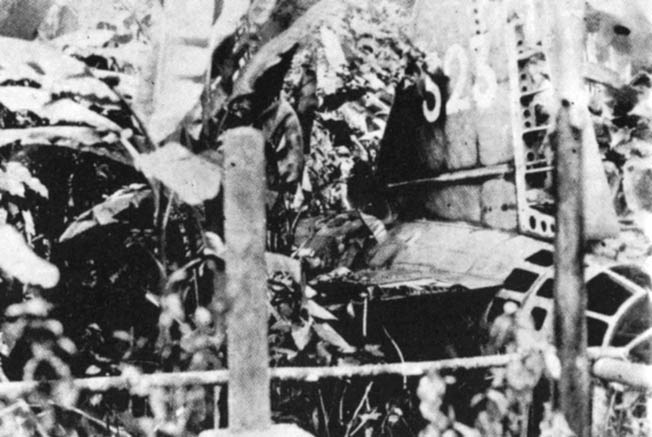
As with any mission, things went awry. Lieutenant James D. McLanahan, one of the designated shooters, punctured a tire attempting the takeoff, spun out of control, and had to abort the mission. A second shooter, Lieutenant Joe Moore, had to abort early in the flight when a test of his auxiliary tank revealed it was not feeding the engines. The experienced Mitchell motioned Lieutenant Besby F. Holmes and Lieutenant Raymond K. Hine over to fill the two slots as shooters. That put two new pilots into the mix and reduced the covering force to a dozen planes.
The P-38s were all flying about 50 feet above the water as they buzzed into Empress Augusta Bay a minute ahead of schedule. They had come 494 miles, which set a record at the time for the longest fighter intercept ever recorded. They had begun their climb to 10,000 feet when Lieutenant Doug Canning, flying one of the fighters tasked with furnishing air cover, spotted their prey shortly after 9:45 AM. “Bogeys, 11 o’clock high,” he said into his radio.
Although the Americans anticipated one Mitsubishi G4M and a group of escort fighters, they encountered two Bettys and only six Japanese Mitsubishi A6M Zeros. The Bettys were unwieldy aircraft to fly and their pilots had almost no chance of outmaneuvering the American fighters. Their only hope in that regard was that they were heavily armed with cannons and machine guns. They boasted 20mm cannons in the top and tail turrets, and four machine guns (one in the nose, two in the waist, and one on the cockpit side). The 65- foot twin-engine bomber had an 82-foot wingspan. But because they carried a lot of fuel, they had a reputation for turning into a torch once they were hit. Their key attribute was that they could fly almost 2,000 miles carrying a full bomb load. For that reason, the Japanese had built them knowing that they would be useful in long-range strikes against distant objectives in the Pacific Ocean.
The four attacking P-38s came in from below the Japanese and caught the enemy pilots by surprise. They shot down the first bomber, which carried Yamamoto, and sent it crashing into the jungle. Everyone aboard died in the crash. The second Mitsubishi G4M fled toward the open sea, but the Americans caught up with it and shot it down, too.
Lieutenant Ray Hine’s P-38 took fire from a Zero and failed to return to Guadalcanal. He was reported missing in action. One of the Japanese Zeros suffered damage, but it man- aged to make an emergency landing on Shortland Island.
The Japanese were unable to reach the crash site of Yamamoto’s aircraft until the following day. They found the deceased admiral. He had been thrown from the plane. He was strapped in his seat wearing his service ribbons on his chest and he was grasping his sword. He may have been placed in that position by a dying member of the air crew.
Except for Hine, the other Americans made it safely back to Guadalcanal. Lanphier imme- diately claimed to have shot down the aircraft that was carrying Yamamoto. The captain asserted in his report that after turning to engage the escort Zeros he had flipped upside down as he worked his way back to the two Bettys. Lanphier held that he had come out of his turn so that he was perpendicular to the lead bomber. When he fired on it, the bomber’s right wing came off. Lanphier reported that Lieutenant Barber shot down the other bomber. The Army’s handling of the affair was complicated by the absence of a formal debriefing of the pilots. They were not debriefed because there were no formal interrogation procedures on Guadalcanal at the time.
The controversy over who shot the lead bomber with Yamamoto aboard dragged on for many decades. The Army eventually awarded half credits to Lanphier and Barber for shooting down the lead bomber carrying Yamamoto that crashed in the jungle, and half credits to Barber and Holmes for the second bomber carrying Yamamoto’s chief of staff, Matome Ugaki that crashed into the sea.
Barber maintained that when Lanphier went after the fighter escorts, he chased the bomber transports, which were rapidly descending. He came in behind one and fired into its right engine, rear fuselage, stabilizers, and left engine. He watched as it crashed into the jungle. He then watched as the second bomber attempted to shake off Holmes, who had managed to severely damage its right engine. When Holmes flew past the bomber, Barber fired at it and watched it crash into the ocean. Ugaki and two others survived water crash landing.
The most recent analysis holds that Barber shot down the lead bomber carrying Yamamoto, not Lanphier. Barber eventually petitioned the Air Force Board for Correction of Military Records to have his half credit on the lead bomber kill changed to whole credit.
The Air Force ruled in 1991 that there was enough uncertainty in both claims for them to be accepted. It ruled to let the shared credit stand. Barber appealed to U.S. Federal Court, but it declined to intervene. Site inspections of the jungle crash site of the lead bomber reveal that the path of the bullet impacts validate Barber’s account because the damage was made by bullets entering from behind the bomber as Barber asserted in his account, and not from the right as Lanphier stated in his account. In the final analysis, though, the cryptologists, mission planners, and pilots all deserve credit for the success of Operation Vengeance.
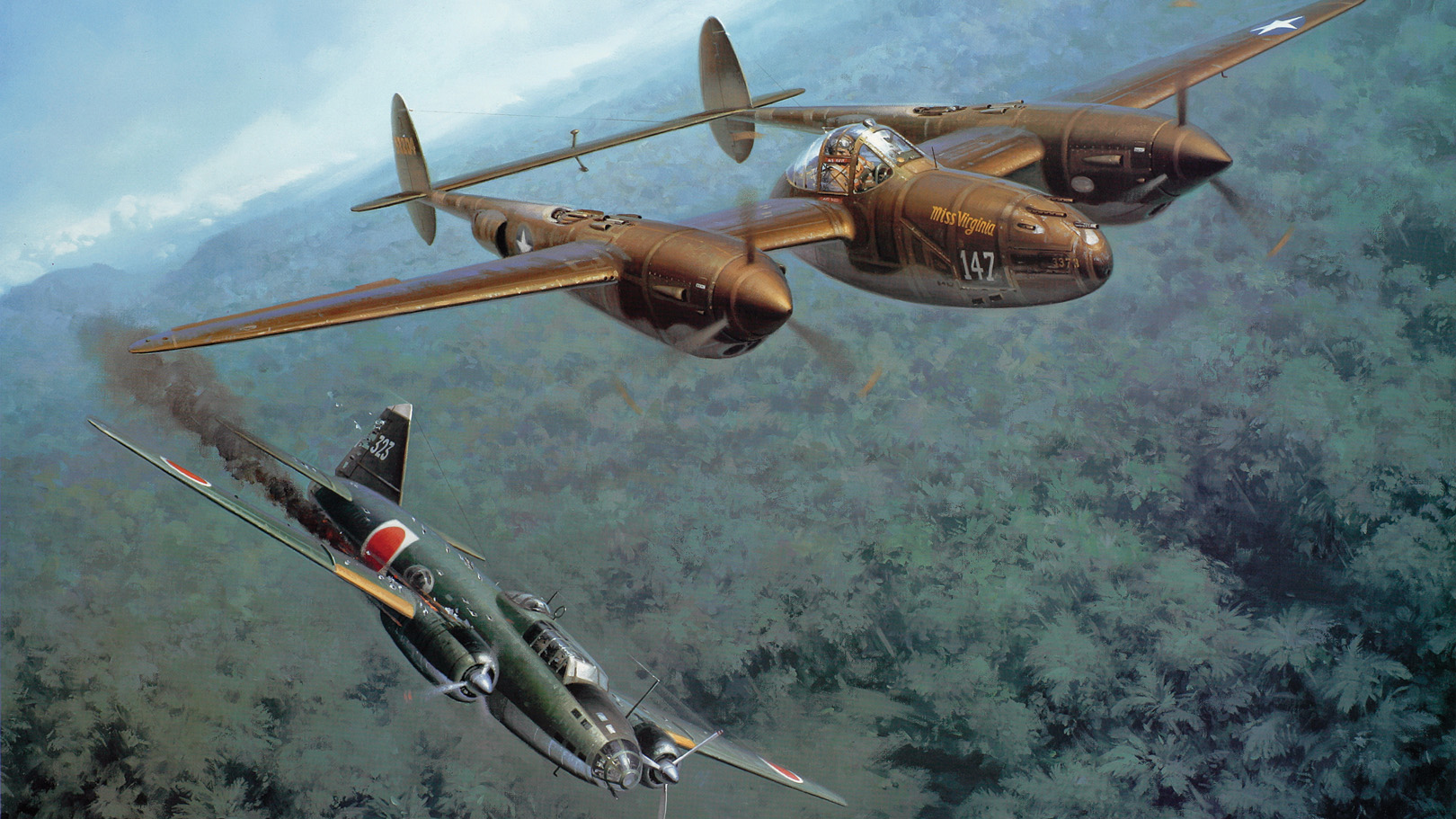

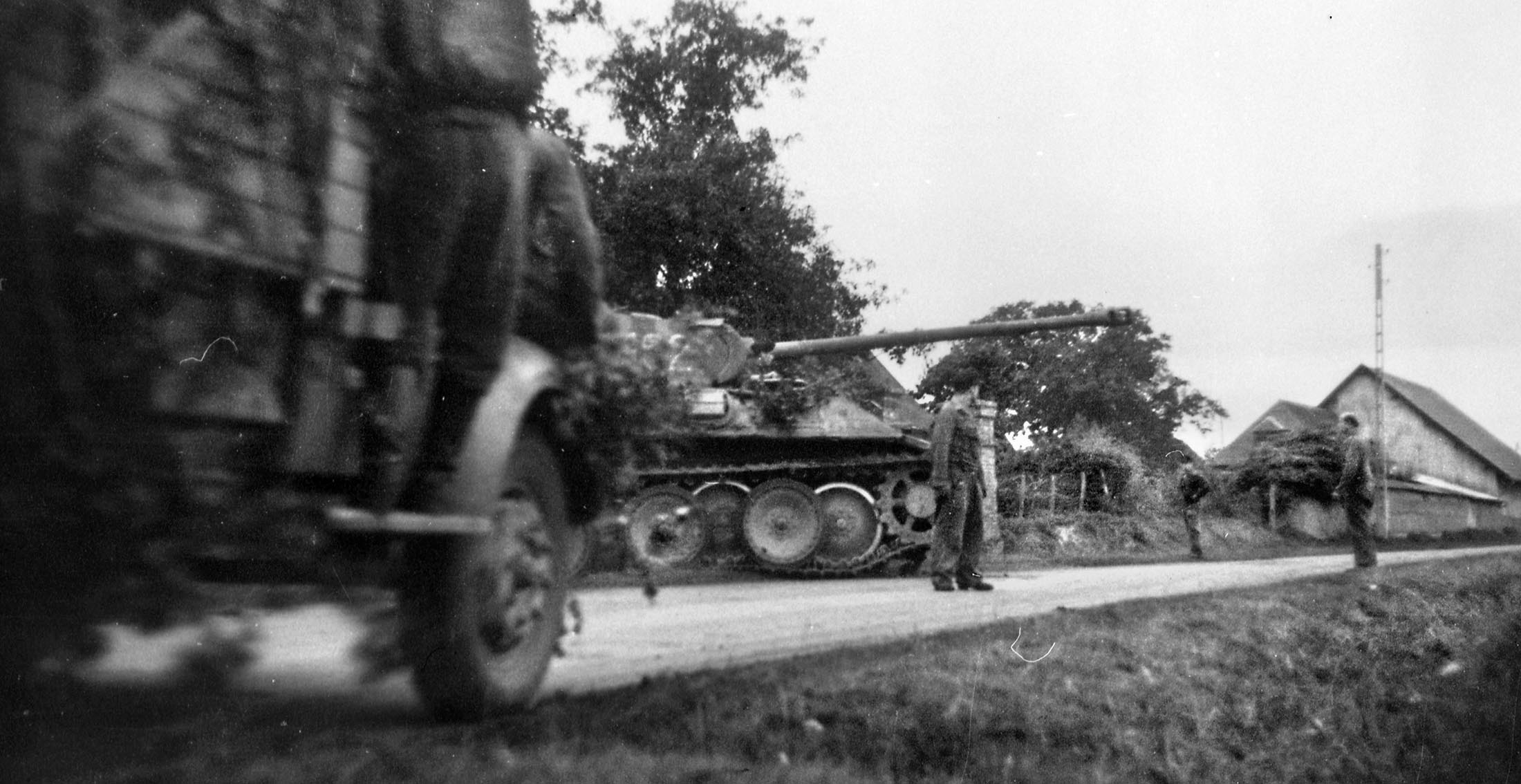
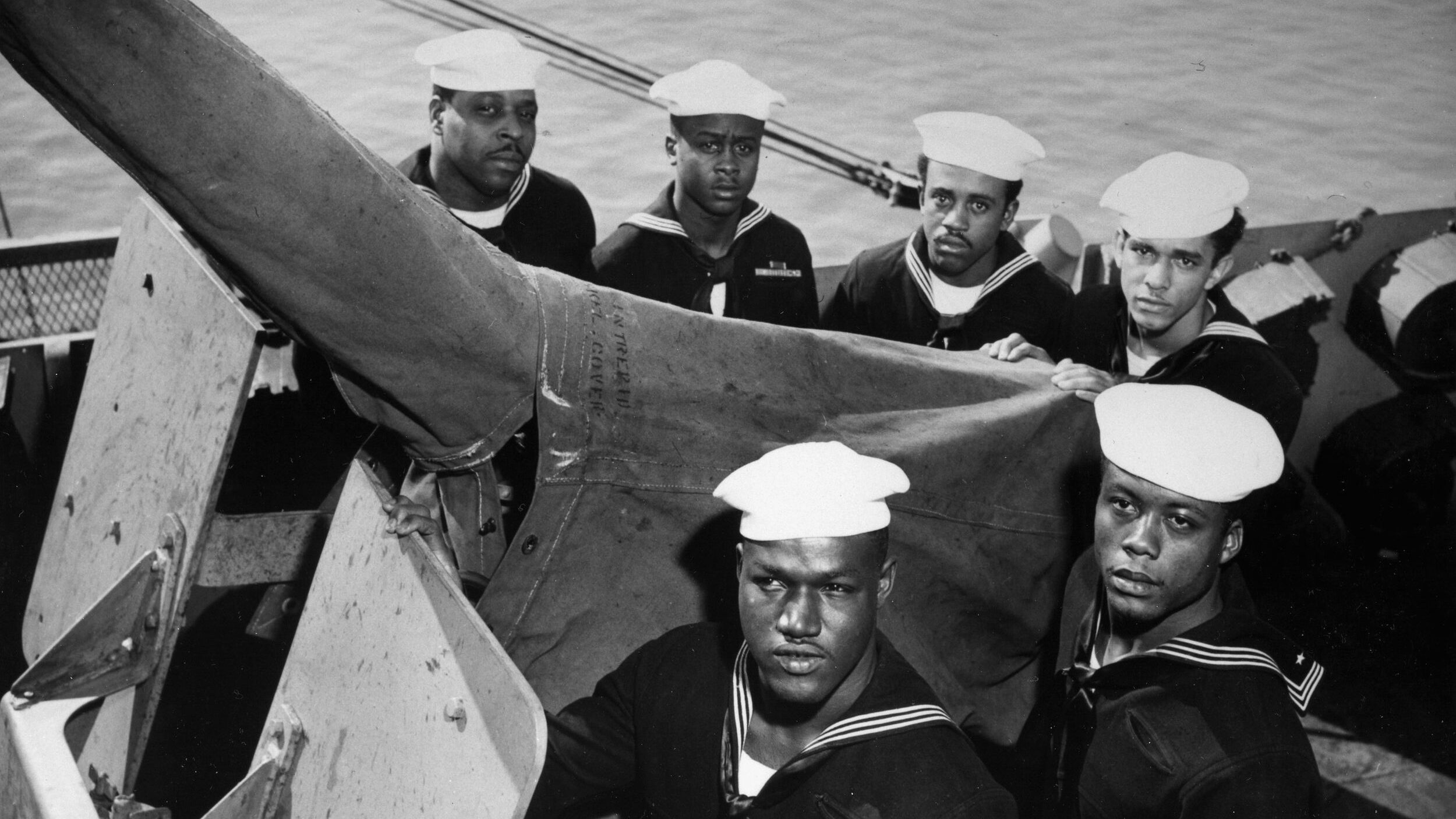
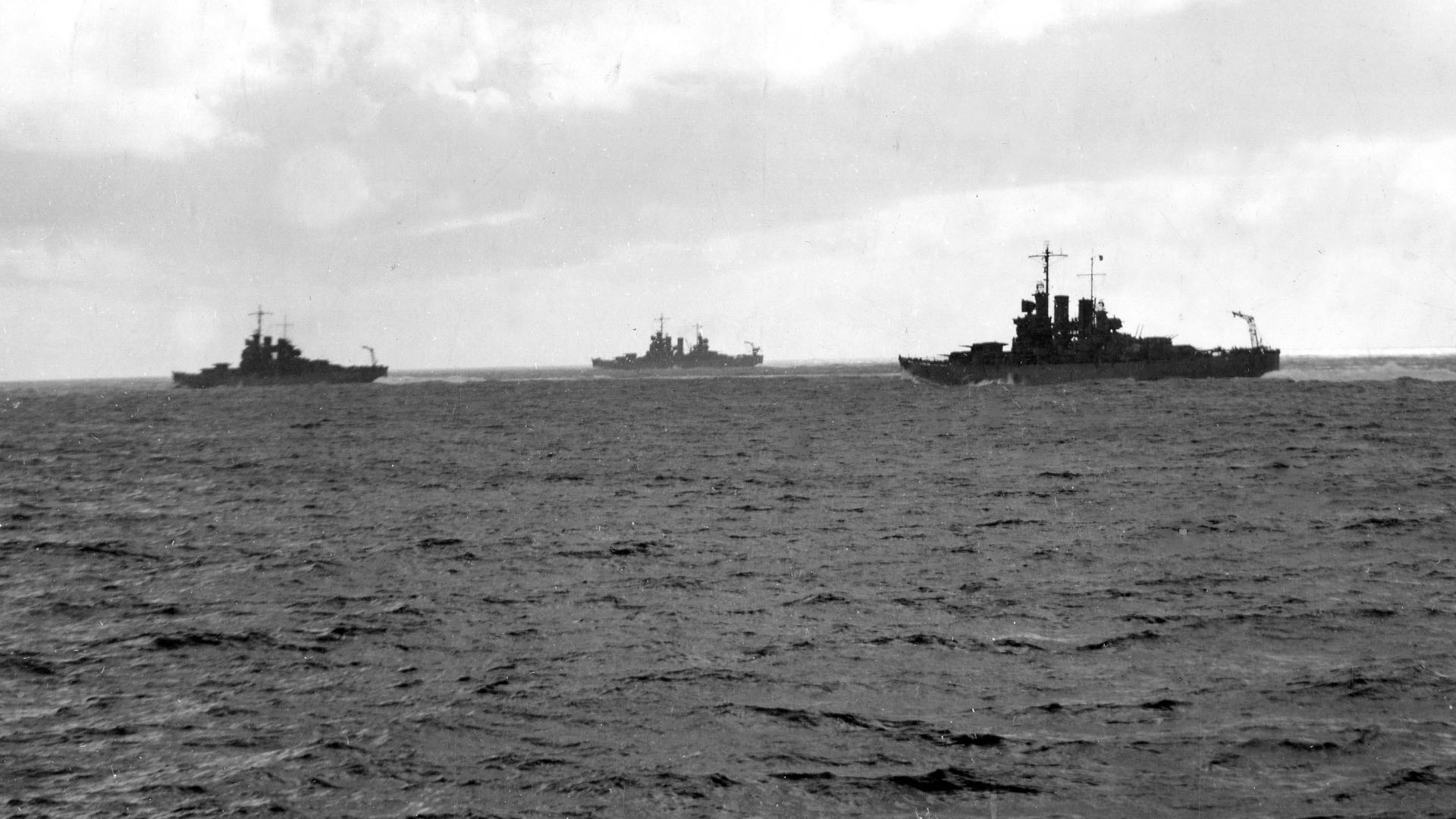
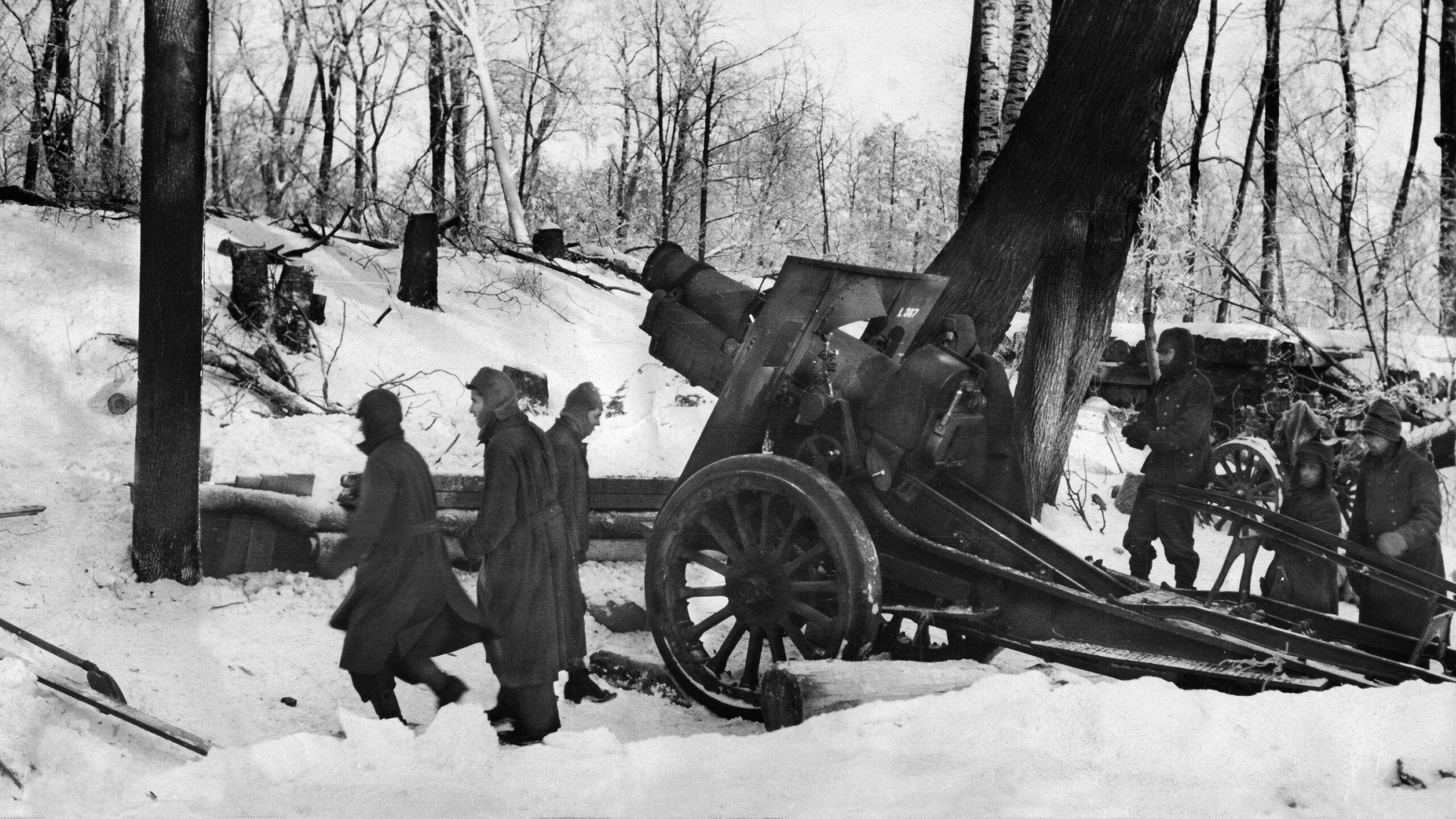
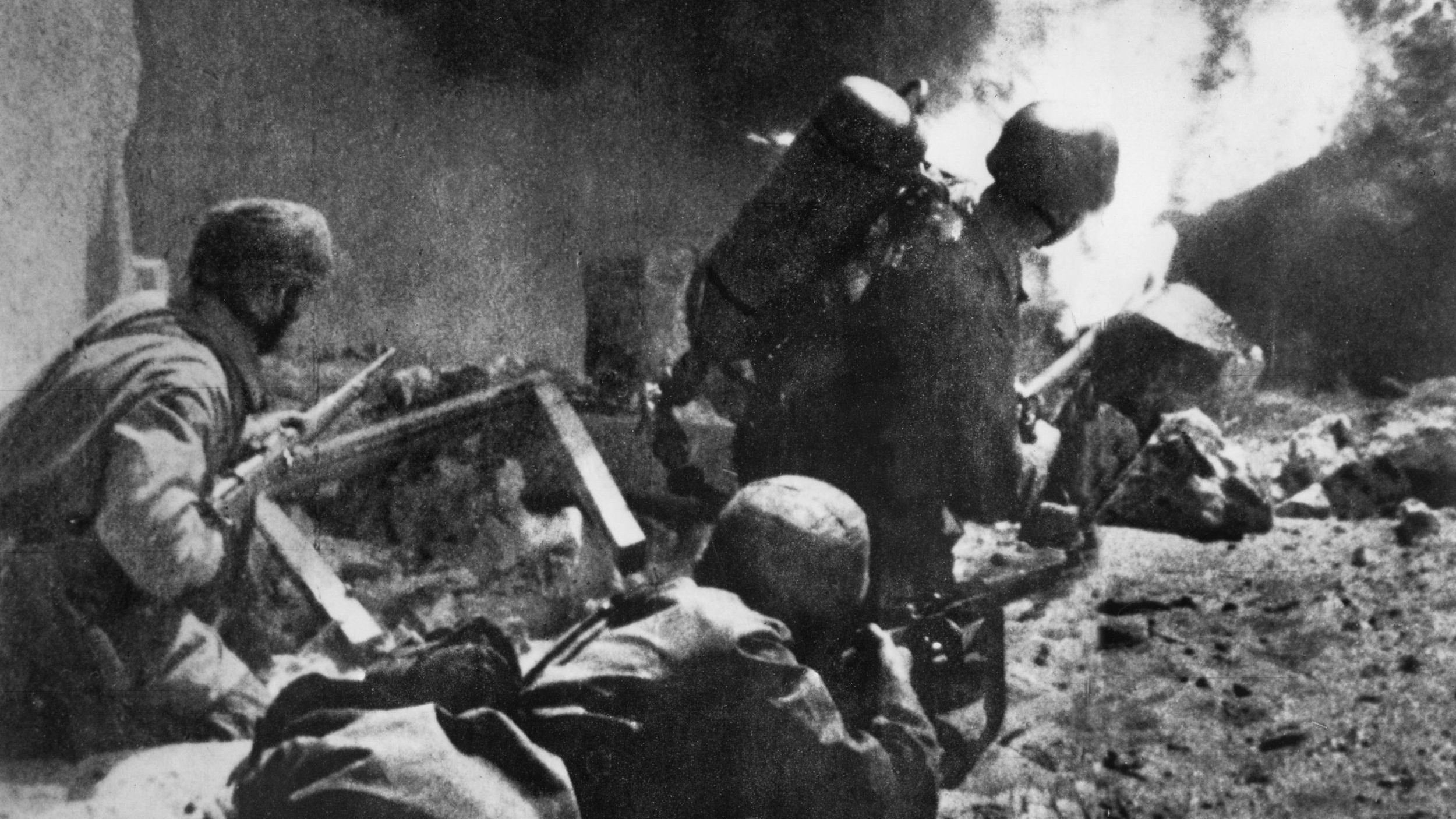
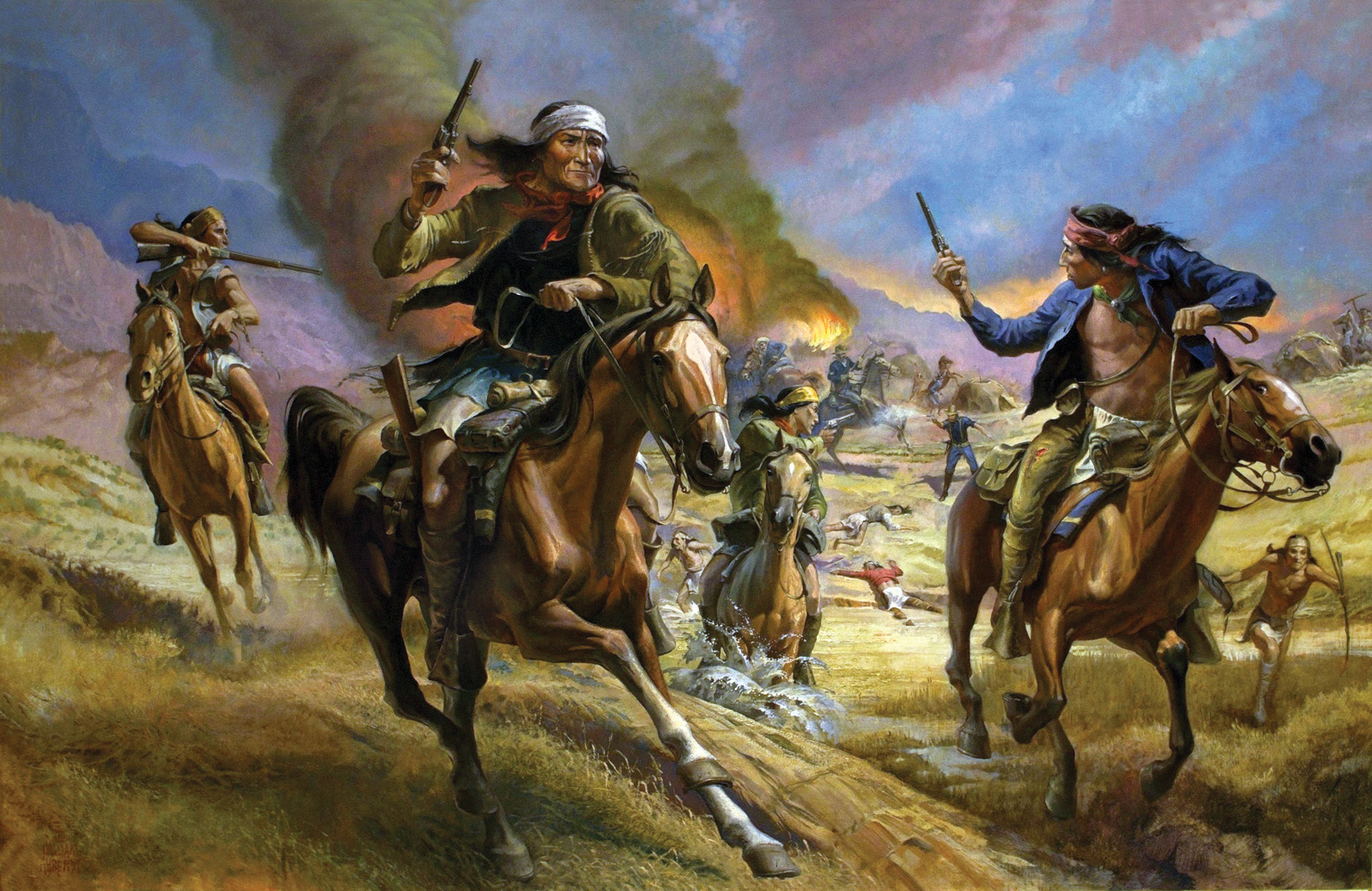
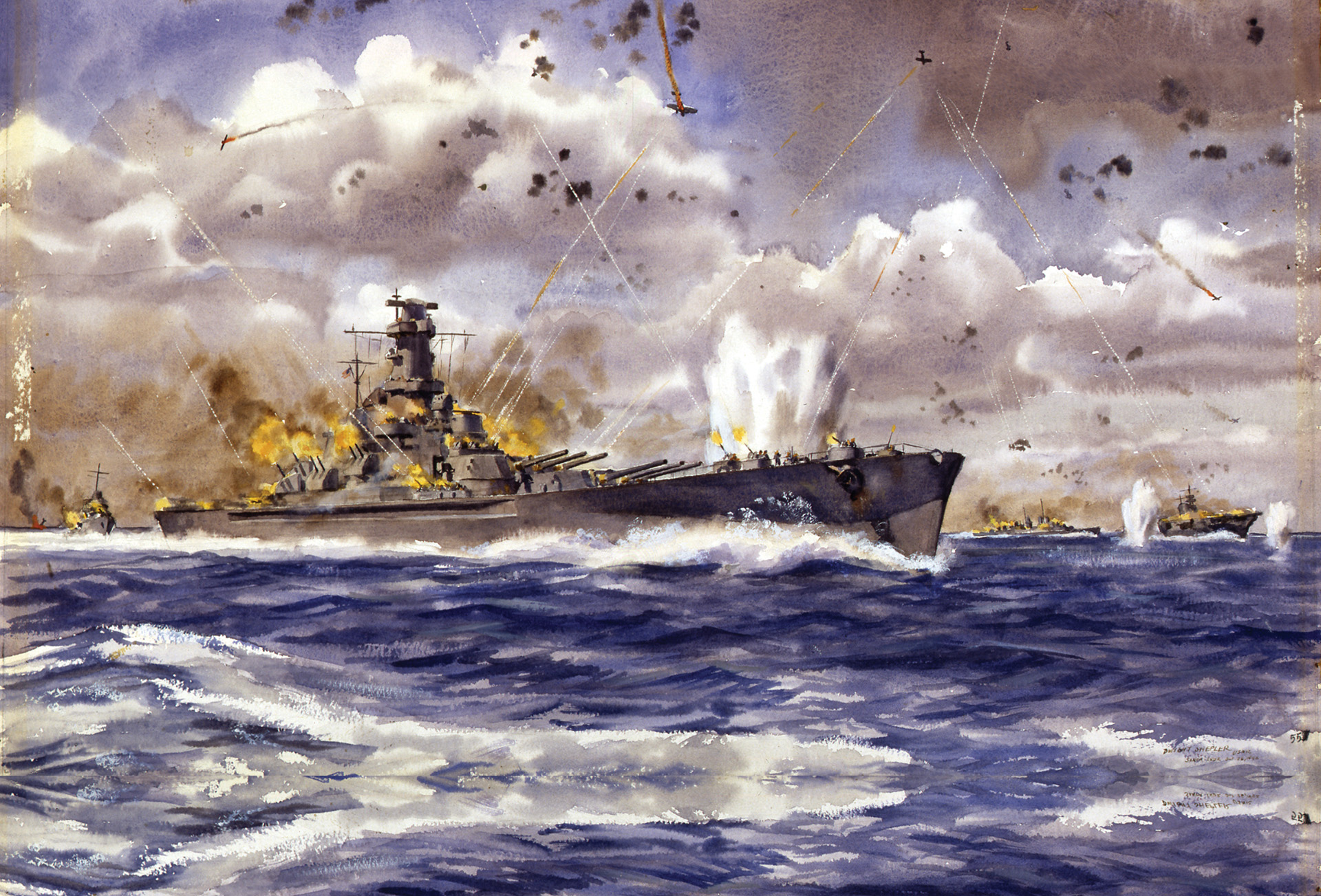
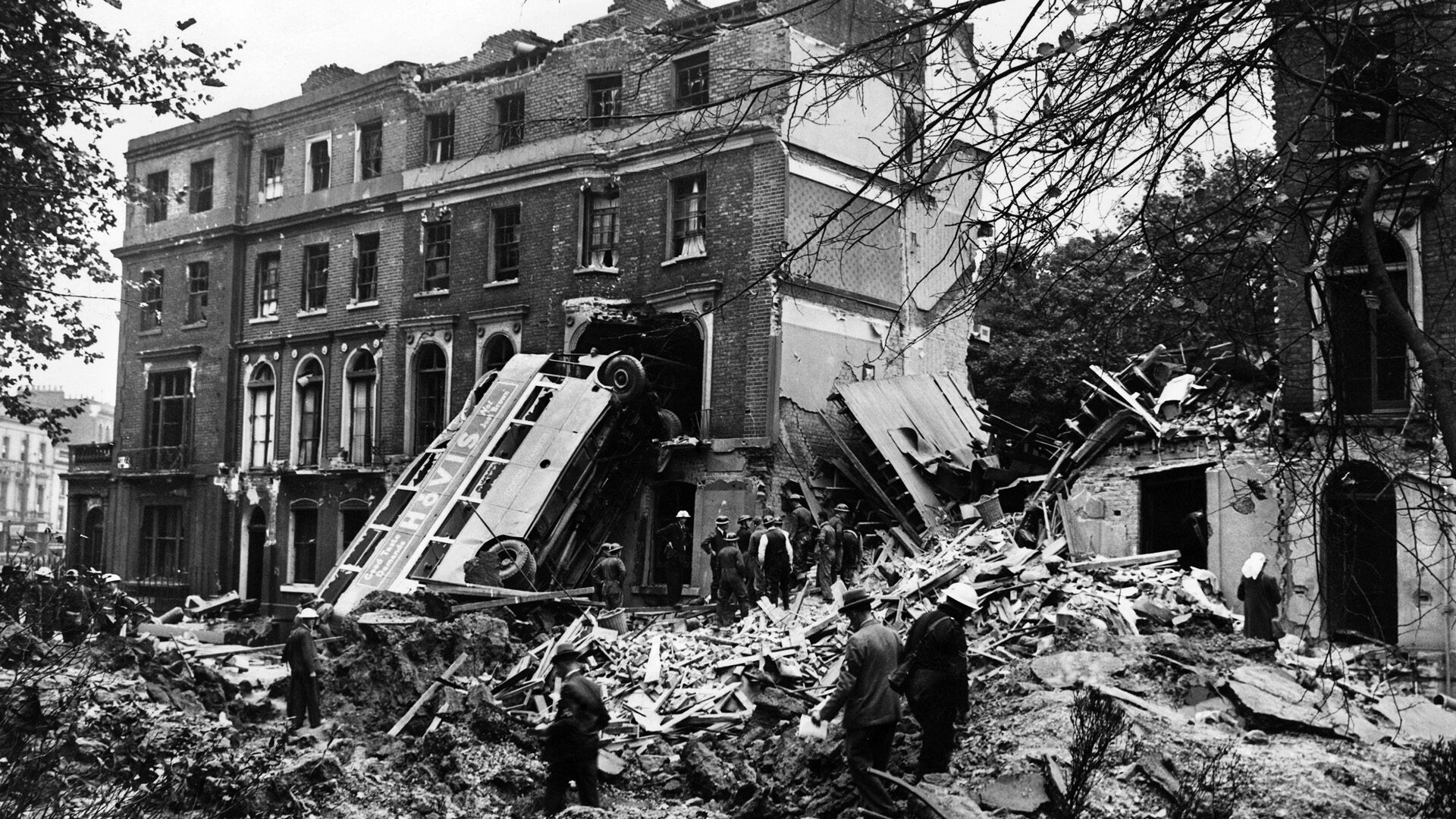
I enjoyed the article very much however there was no mention of the huge number of women involved in the code breaking business back in the Washington DC area. They were a great help to the Roachefort and his team in HA.